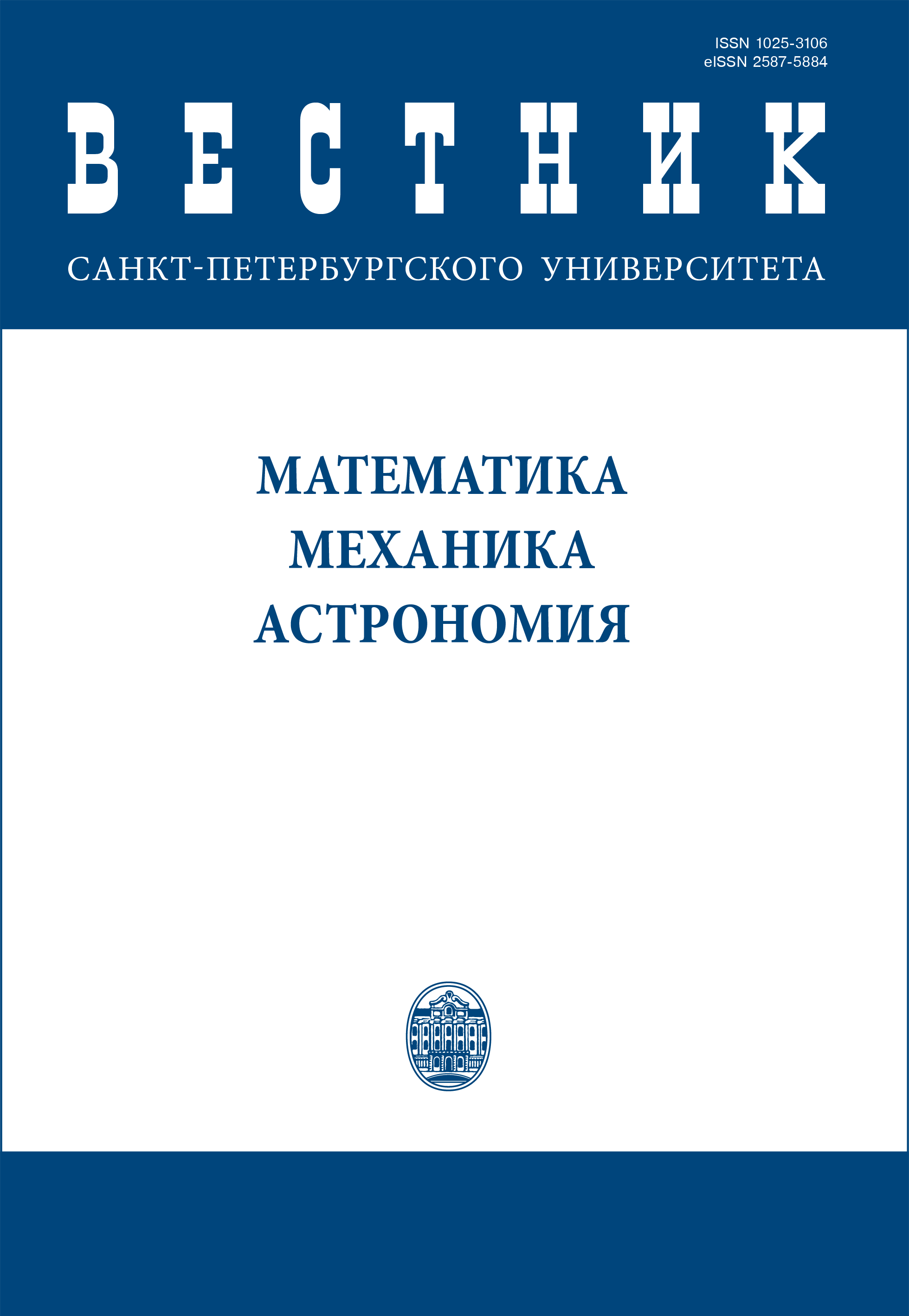Модели регрессии для расчета поуровневых коэффициентов скорости колебательных энергообменов
DOI:
https://doi.org/10.21638/spbu01.2024.207Аннотация
В статье предложен эффективный алгоритмдля решения задач неравновесной газовой динамики с учетом детальной поуровневой колебательной кинетики. Одной из проблемтрадиционных методов является их высокая вычислительная сложность, требующая больших затрат по времени и памяти. В работе изучены возможности использования прогнозирования скорости релаксации для повышения производительности численного моделирования неравновесных течений кислорода вместо прямых вычислений. Для этого был использован подход, основанный на нелинейном регрессионном анализе, позволивший получить вычислительно эффективные аппроксимационные формулы для коэффициентов скорости энергообменов в модели нагруженного гармонического осциллятора с учетомсвободных вращений (FHO-FR), значительно увеличить скорость вычисления с сохранением точности и построить оптимизированную модель FHO-FR-reg. По полученным регрессионным формулам было произведено численное моделирование, позволившее выполнить валидацию модели для задачи о течении кислорода за падающей и отраженной ударной волной. Ранее сравнение моделей нагруженного гармонического осциллятора (FHO) и FHO-FR было невозможно ввиду высокой вычислительной сложности второй модели. Разработка эффективной аппроксимационной модели дает возможность сравнения результатов. Численные расчеты показали, что в рассмотренном диапазоне температур модель FHO-FR-reg даезначения газодинамических параметров, близкие к модели FHO, однако имеет более широкую область применимости. Разработанные регрессионные модели позволяют ускорить решение задачи моделирования релаксации кислорода в несколько раз по сравнению с другими моделями аналогичной точности.Ключевые слова:
колебательная релаксация, поуровневая кинетика, ударная волна, модель нагруженного гармонического осциллятора, оптимизация численных расчетов, нелинейная регрессия, машинное обучение
Скачивания
Библиографические ссылки
Литература
References
Загрузки
Опубликован
Как цитировать
Выпуск
Раздел
Лицензия
Статьи журнала «Вестник Санкт-Петербургского университета. Математика. Механика. Астрономия» находятся в открытом доступе и распространяются в соответствии с условиями Лицензионного Договора с Санкт-Петербургским государственным университетом, который бесплатно предоставляет авторам неограниченное распространение и самостоятельное архивирование.




